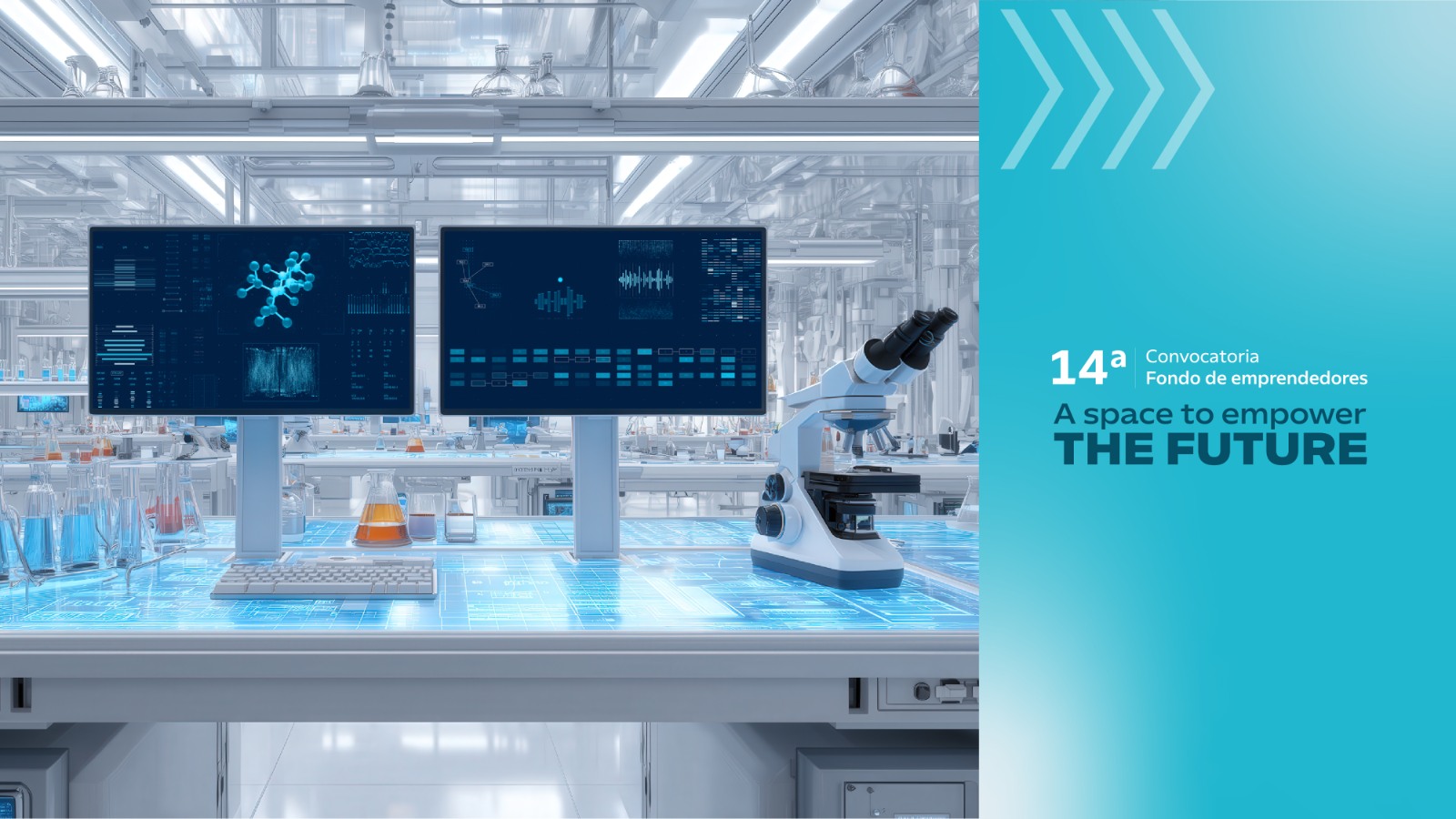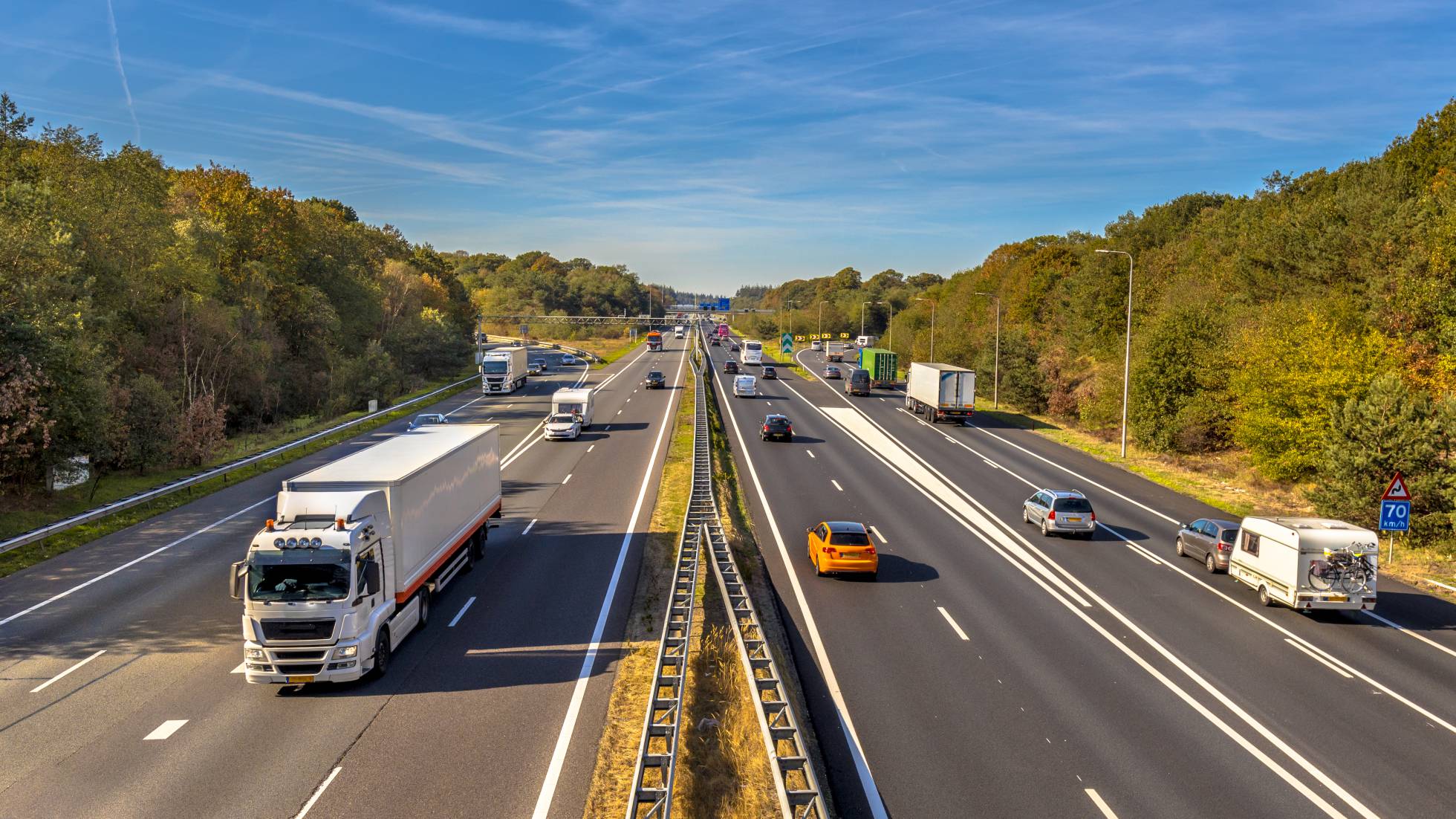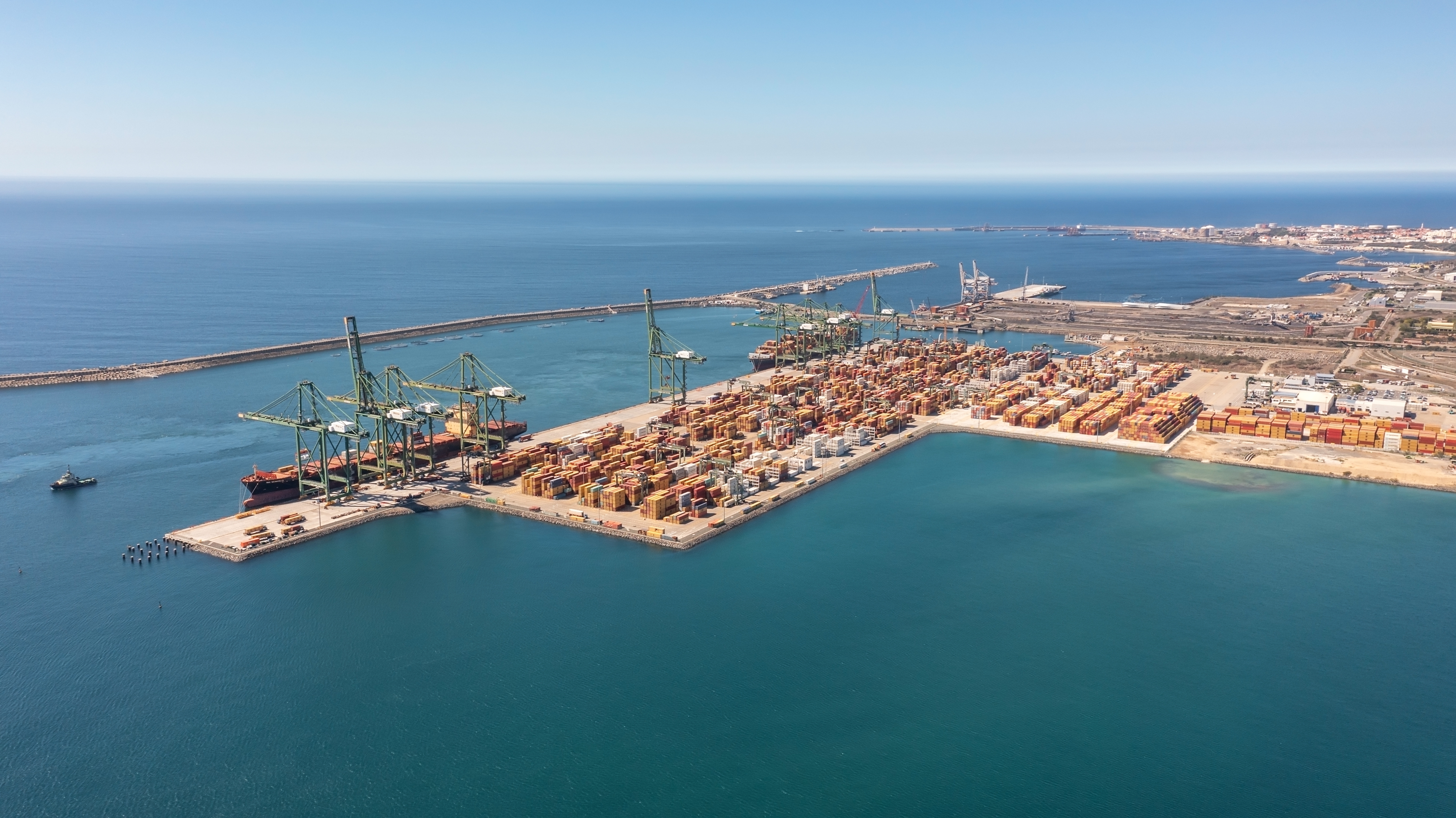EsadeGeo Center for Global Economy and Geopolitics EsadeGeo
On May 18, 2022, the European Commission launched the REPowerEU plan, detailing the actions to be taken to end Europe’s dependence on Russian fossil fuels while also tackling the climate crisis and accelerating the energy transition. To analyze this plan and the impacts of the Russian invasion of Ukraine on the EU’s energy system and relations, the EsadeGeo Center for Global Economy and Geopolitics, in collaboration with the Repsol Foundation, organized a series of webinars.
This brief summarizes the conclusions of the third and final webinar, “Energy Security in the EU: The Role of Renewables” which was held on December 13, 2022 and focused on the main renewable energy-related elements of the REPowerEU plan. Matthieu Ballu (European Commision) opened the conversation by illustrating the objectives of REPowerEU and the ambition of the European Commission in accelerating the deployment of renewables in the bloc. Marco Alves (WavEC), Emilio Cerdá (Universidad Complutense de Madrid), and María Paz García (Repsol) offered their points of view touching on offshore renewable energies, the implications of the targets proposed in REPowerEU, and the contribution of Power Purchase Agreements (PPAs) in facilitating the deployment of renewable energy projects.
Points of View
Matthieu Ballu, Policy Officer, Directorate General for Energy, Renewable Energy Unit, European Commission
- The European Commission is aiming for a full decarbonization of the EU economy which means dramatically decreasing emissions of all sectors to reach climate neutrality by 2050.
- Renewables are developing faster than anyone has predicted. For example, renewable technologies such as photovoltaics (PV) have seen cost decreases of nearly 90% in the past decade.
- According to the latest IEA report on renewables, “the world is set to add as much renewable power in the next 5 years as it did in the previous 20 years” while “global renewable capacity is expected to increase by almost 2400 GW (almost 75%) between 2022 and 2027” due to policies to accelerate renewables in key markets due to the current energy crisis.
- EU policy is constantly adapting to this evolution by increasing the ambition of its renewable energy targets. In 2014, the European Council set a 27% renewable energy target by 2030 from 20%. In the following years this target was raised to 32% in 2018 with the Renewable Energy Directive (REDIII), 40% in 2021 with the Fit for 55 legislative package, and now 45% as a result of the latest REPowerEU plan.
- Transforming our energy system to one that is integrated involves:
- A more efficient and circular energy system by reusing materials.
- Converting all possible uses to electrification based on increased renewable electricity.
- Employing renewable fuels in harder to electrify sectors.
- While the 2020 EU target was achieved with the share of renewable energy sources (RES) reaching 22.1%, acceleration is needed in the uptake of RES in end-use sectors (heating and cooling, transport, industry).
- Acceleration of RE legislation is taking place in a comprehensive manner under the context of the invasion of Ukraine, high energy prices, and COVID recovery.
- The REPowerEU plan is as much a plan to end the dependency on Russian fossil fuel imports as it is about speeding up the green transition, stimulating investments into RE, and enable the substitution of fossil fuels.
- Short term actions to reduce gas imports:
- Energy savings plan where member stares are urged to reduce their energy consumption by 15% annually by March 2023 (already at -11% gas consumption compared to 2021).
- Rapid roll-out of solar, wind energies and heat pumps.
- Increase biomethane production to 35 billion cubic metres (bcm) per year by 2030.
- Medium term measures (by 2027):
- Accelerate the permitting granting process for renewables by not making it last more than one year and two years for offshore projects.
- Support electrification and RE hydrogen production and use.
- Mobilize investment through additional grants and loans under the modified Recovery and Resilience Fund.
Marco Alves, CEO, WavEC
- The world is experiencing a paradigm shift in terms of energy production which is aligned with the need to scale up the contributions of renewables in the energy mix.
- The advantages of developing renewables, other than to tackle climate change and reduce dependency on Russia, is in its socioeconomic impact. For example, it can lead to the creation of highly qualified jobs, which in turn lead to providing higher value products and services, as well as increasing the export capabilities of Europe.
- However, this involves tackling two main challenges:
- Ensuring the reliability of the energy system due to renewable energy’s intermittency; an adequate balance between electricity demand and supply is necessary. This can be countered to some extent through green hydrogen to store energy when it is not consumed.
- Competition for space for offshore renewables; maritime space planning is important to ensure engagement and harmony between all stakeholders and sectors such as the fishing and shipping sectors.
- Policymakers also need to create the conditions for a favorable business case for renewable energy technologies that are yet to improve economies of scale.
Emilio Cerdá, Professor of Economic Analysis Fundamentals, Universidad Complutense de Madrid
- The Fit for 55 package contains revisions of three important economic instruments which involve the incorporation of emissions from road transport, buildings and the maritime sector into the emissions trading system (ETS), reducing the annual cap of allowances in the ETS and phasing out the allocation of free allowances, revision of the Energy Taxation Directive, and the introduction of a carbon border adjustment mechanism.
- In terms of solar energy, REPowerEU announced EU Solar Energy Strategy and the European Solar Rooftops Initiative which includes an objective of reaching 320GW of newly installed solar photovoltaic capacity by 2025, and almost 600GW by 2030.
- It also seeks to double the deployment rate of heat pumps by adding 10 million hydronic heat pumps in the next five years and a total of 30 million by 2030. This would mean having 60 million heat pumps installed in the EU by 2030.
- The regulation to speed up permitting procedures is important because in countries like Spain, there are more projects waiting in the pipeline than currently installed capacity.
María Paz García Alajarín, Director of Energy Management, D.G. Low Carbon Generation, Repsol
- PPAs have a critical role in securing the revenues for renewable projects which operate over the medium or long term (5 to 20 years).
- Europe currently faces challenges to find an equilibrium between energy security, environmental sustainability, and energy equity, the so-called ‘Energy Trilemma’.
- PPA’s can contribute to this equilibrium because it promotes investing in renewables, is locally available and therefore enhances security of supply, and ensures long-term price feasibility for the generator and the off-taker.
- There is no need to have 100% of your renewable project contracted. In the case of Repsol, we have different long-term PPAs for wind and solar in Spain/Chile and US for over 2TWh of electricity.
- The market context for PPAs needs to be analyzed in terms of demand and supply.
- The demand for PPAs are increasing for corporations in 2022, with over 200 TWh of electricity contracted through PPAs and is expected to increase in 2025 to over 300 TWh and over 400 TWh in 2030. Half of this new demand is still uncontracted which means that a lot of renewables need to be built in order to cope with the demand.
- In terms of supply of PPAs, this is affected by several factors:
- Delays faced during the permitting process as this is seen as an additional risk.
- Grid interconnection is a critical element for PPA execution.
- Due to the current high pricing environment, the components that are considered in pricing PPAs has risen.
- Expertise and know-how in settling these contracts.
Topics of debate
- In the first round of questions, participants discussed the supply chain challenges facing renewable technology sectors in the EU. Marco Alves mentioned that this is a big problem as member states such as Portugal are asking what possibilities exist to increase the maturity of the supply chain to be able to deploy 10 GW of offshore wind energy. One way of doing this would be to introduce pilot zones and create an ecosystem of companies to help developers test the technologies. Matthieu Ballu mentioned two points which are (1) the need to ease the process and ensure certainty for investors by providing clear guidelines; and (2) increase the circularity of critical raw materials.
- On grid planning and development to accommodate the influx of renewables, Emilio Cerdá explained that according to REPowerEU, by 2030, “€39 bn of additional investments are needed in the power grid (including transmission, distribution and storage plants)”. Further, the IEA states that a net-zero scenario requires 585 GW of total installed battery storage capacity by 2030 in contrast to the current capacity of 17 GW.
- Addressing regulatory changes taking shape in other regions to promote renewables, María Paz García illustrated the recently passed Inflation Reduction Act in the United States which will provide greater fiscal stimulus and consistent policies for renewable energy deployment, as opposed to the strategy taken by EU member states in setting windfall taxes on electricity generators.
- Participants offered their final thoughts on whether the EU needs to do more to address existing regulatory bottlenecks, particularly the role of public perception and the need for public buy-in. The rapid deployment of renewables entails significant changes to how society operates and it is therefore important that this restructuring of the economy does not alienate people whilst also encouraging and incentivizing citizens to invest in clean energy sources.
Next steps
- Since the webinar took place, the European Council reached an agreement on 19 December 2022 to accelerate permitting rules for renewables proposed under the REPowerEU plan. This targeted amendment to the renewable energy directive allows for the creation of dedicated ‘go-to areas’ for renewable energy projects by member states, with simplified permitting procedures in areas with lower environmental risks. The ‘go-to areas’ would also restrict the grounds of legal objection to new installations by presuming they are of overriding public interest. The Council decided that the permitting processes for renewable energy projects should not take more than a year, and two years for offshore renewable energy projects.
- Nevertheless, the Council did not raise the level of ambition in the EU’s minimum share of renewable energy sources in final energy consumption for 2030. Rather than increasing this target to 45% as proposed by the European Commission in REPowerEU, and voted in favour by the European Parliament in September 2022, they have maintained the position of a 40% target as proposed in the Fit for 55 legislative package. The renewable energy directive is currently in the process of being adopted with the fourth round of ‘trilogue’ negotiations expected to be held on 7 February under the auspices of the Swedish Council presidency.




